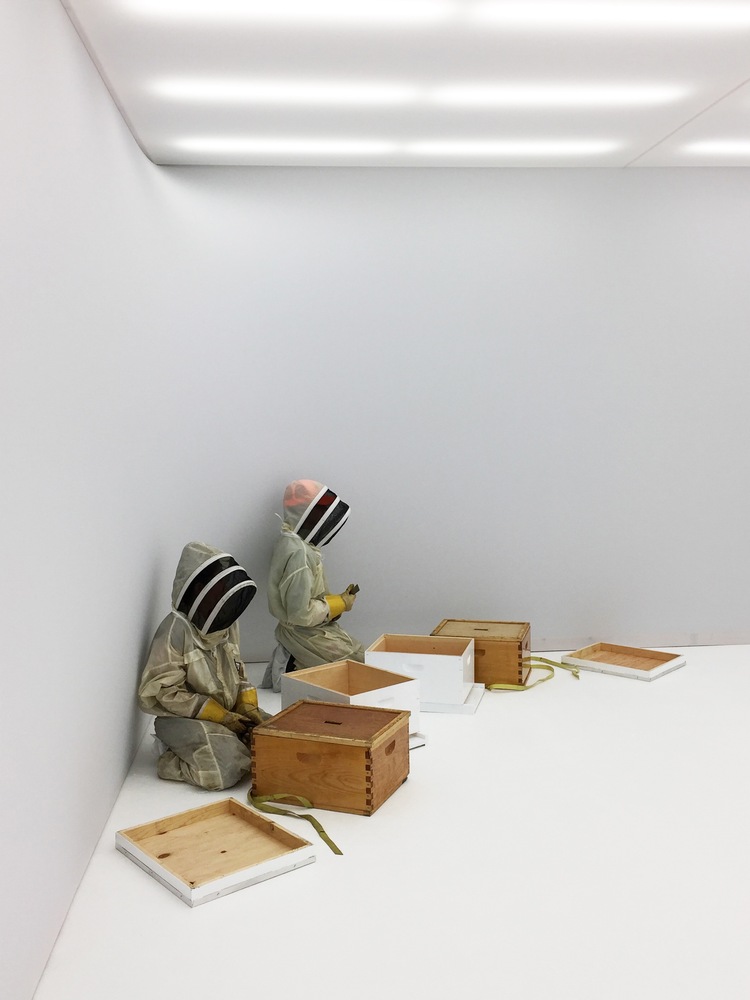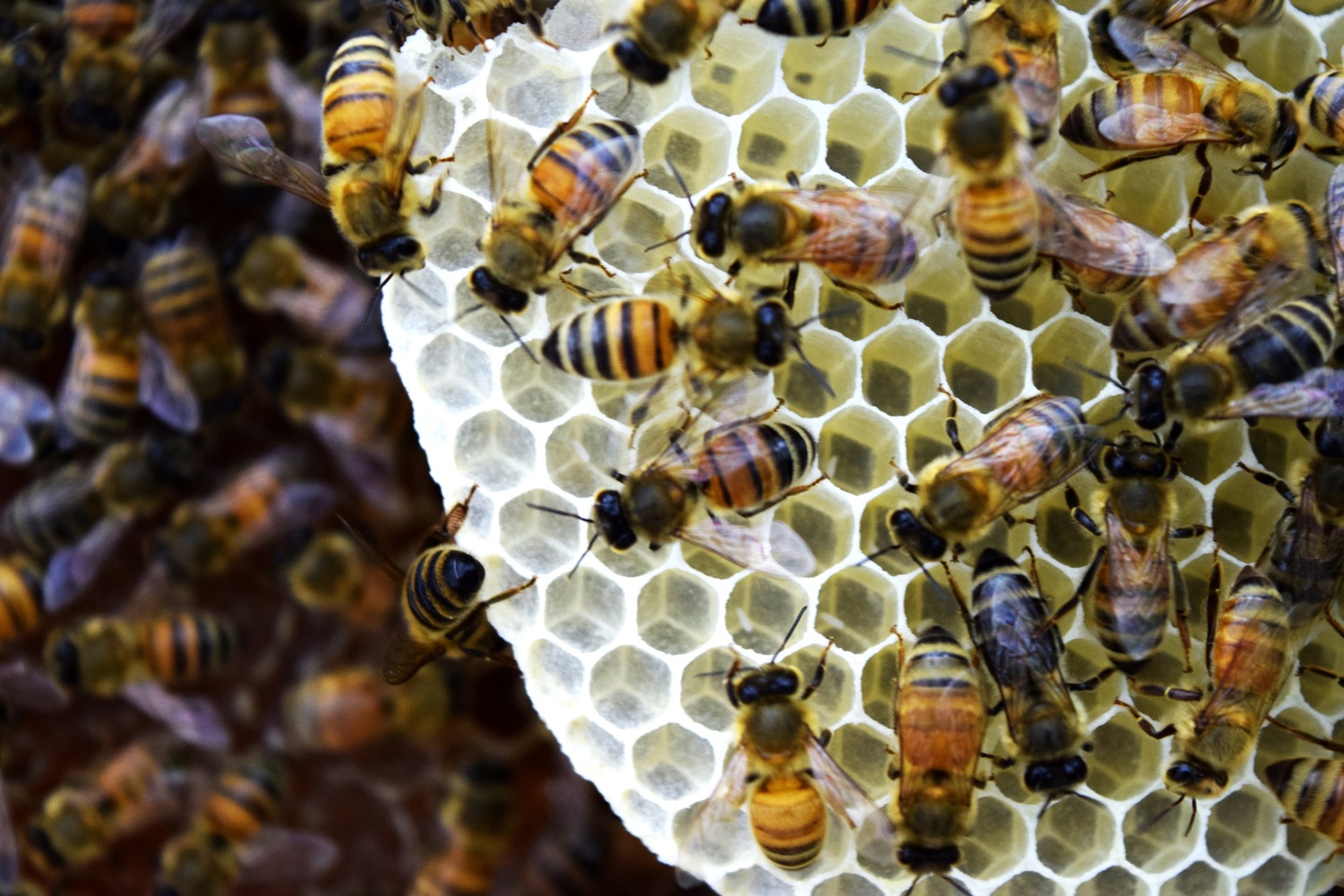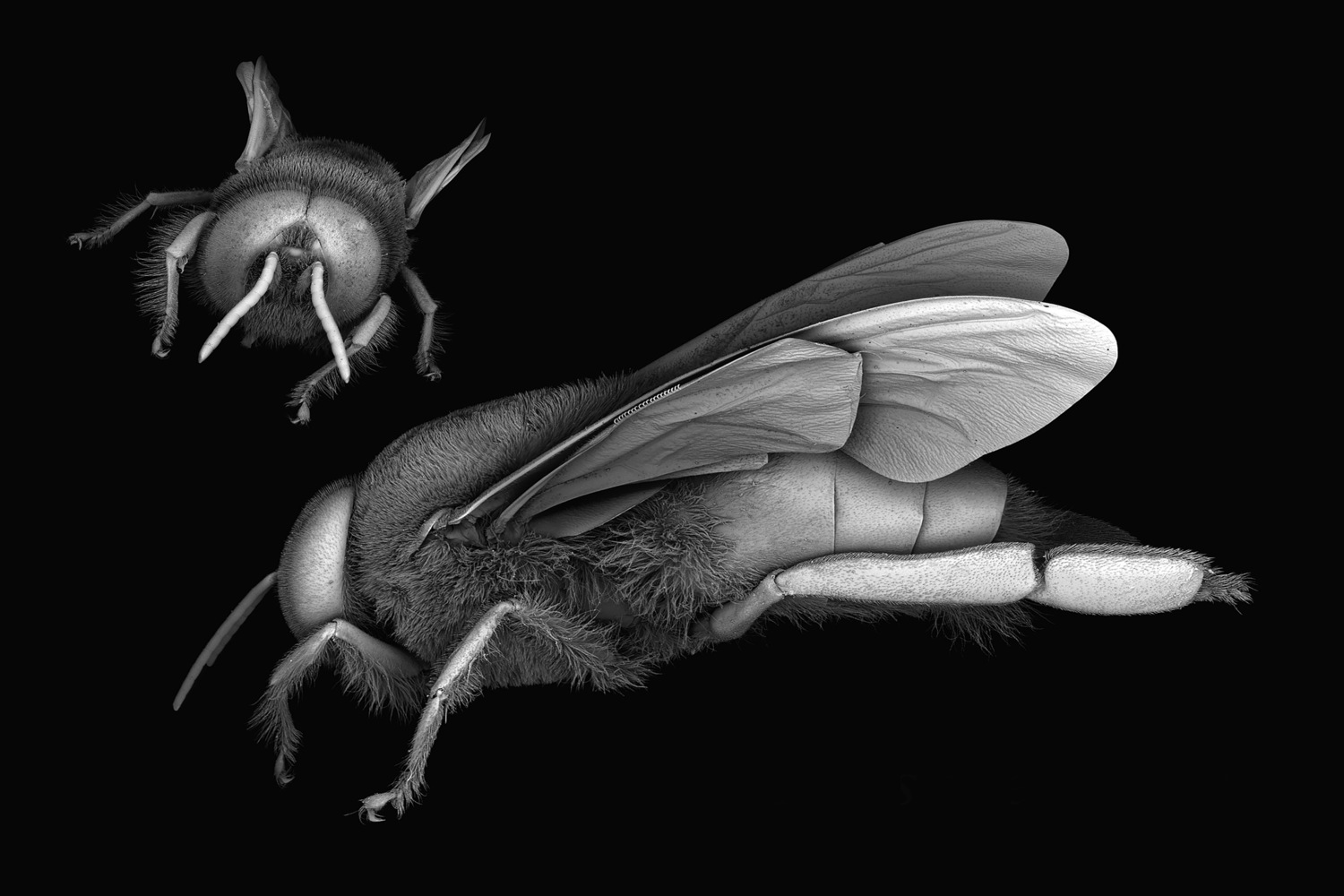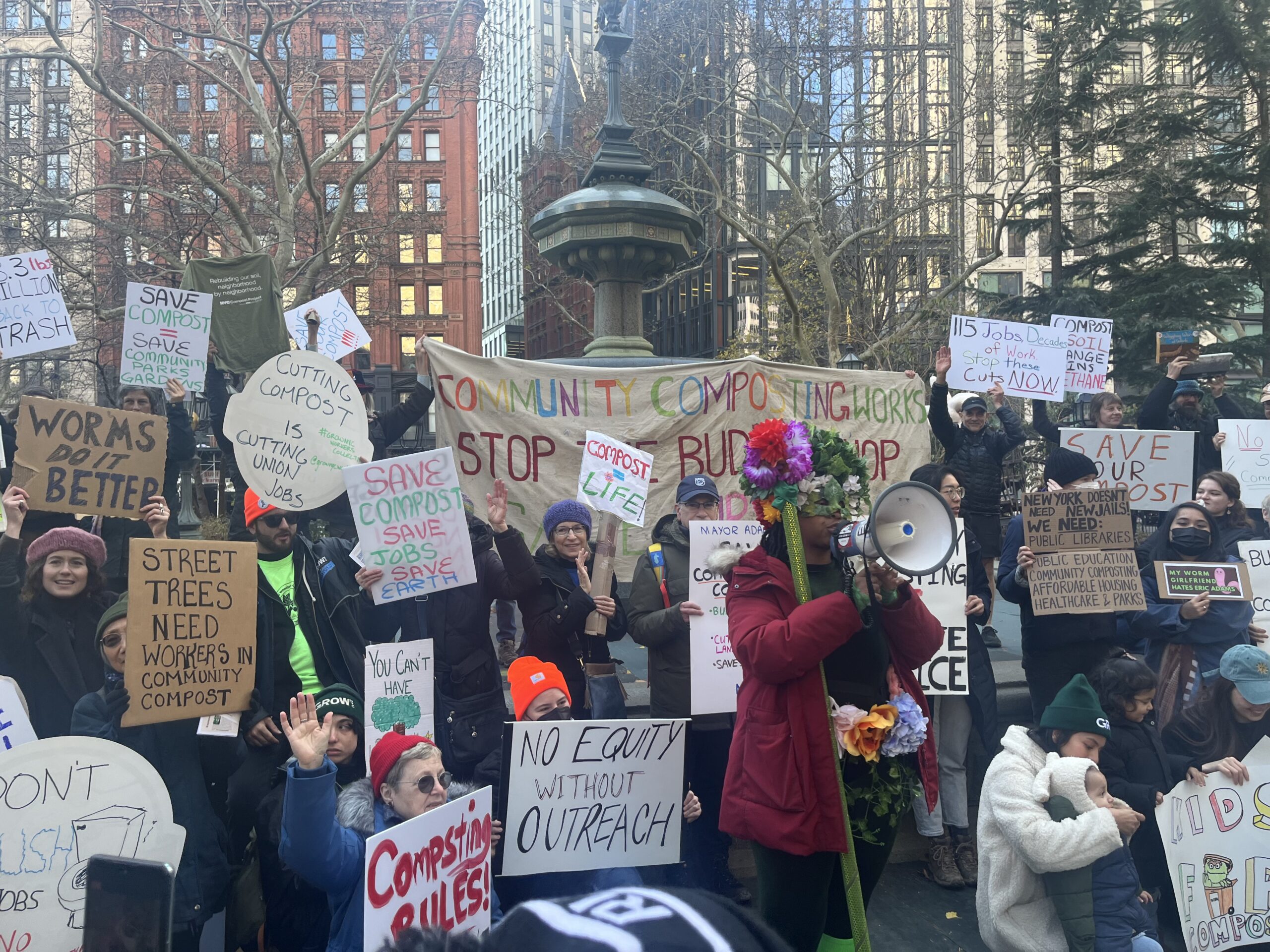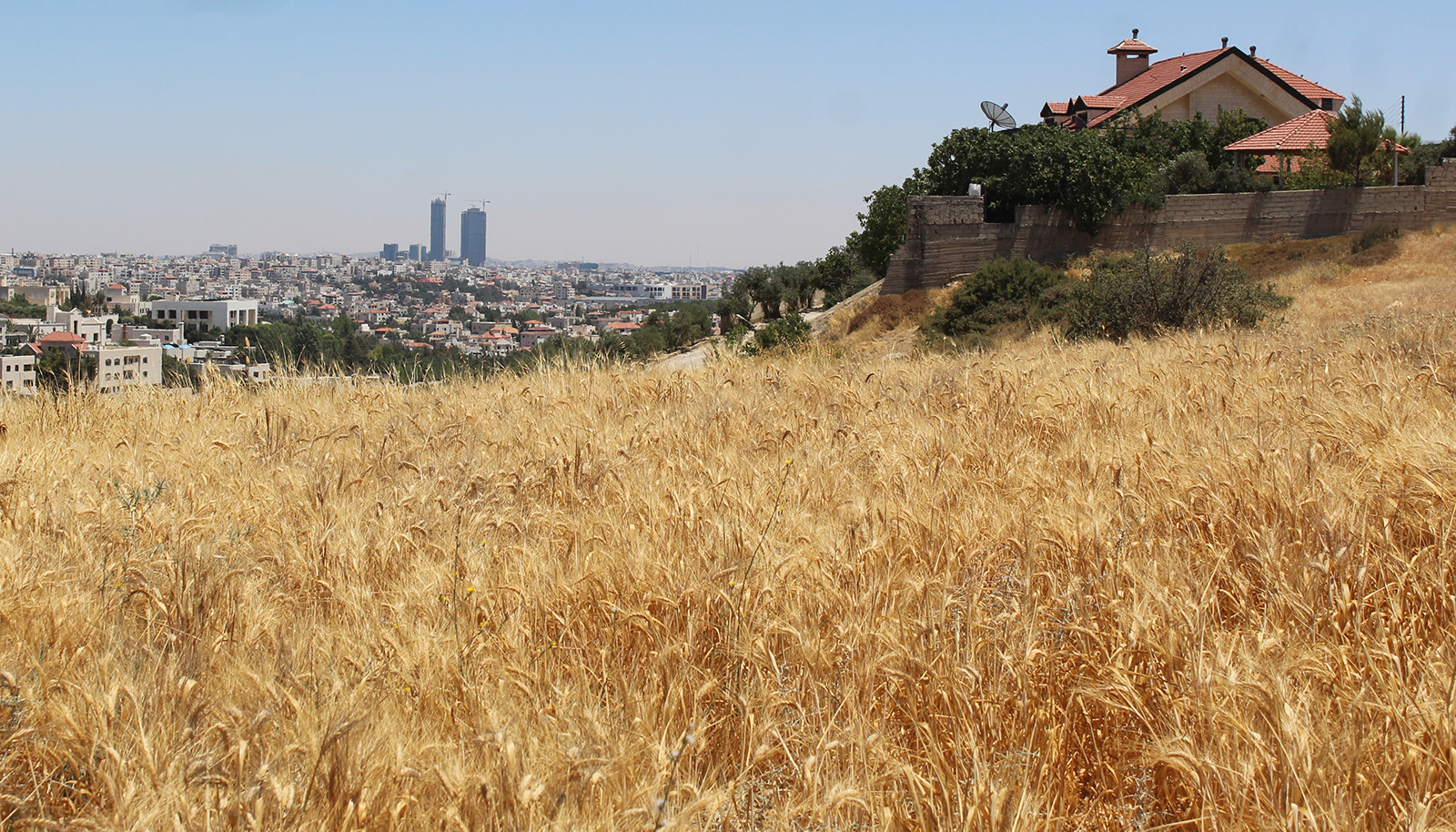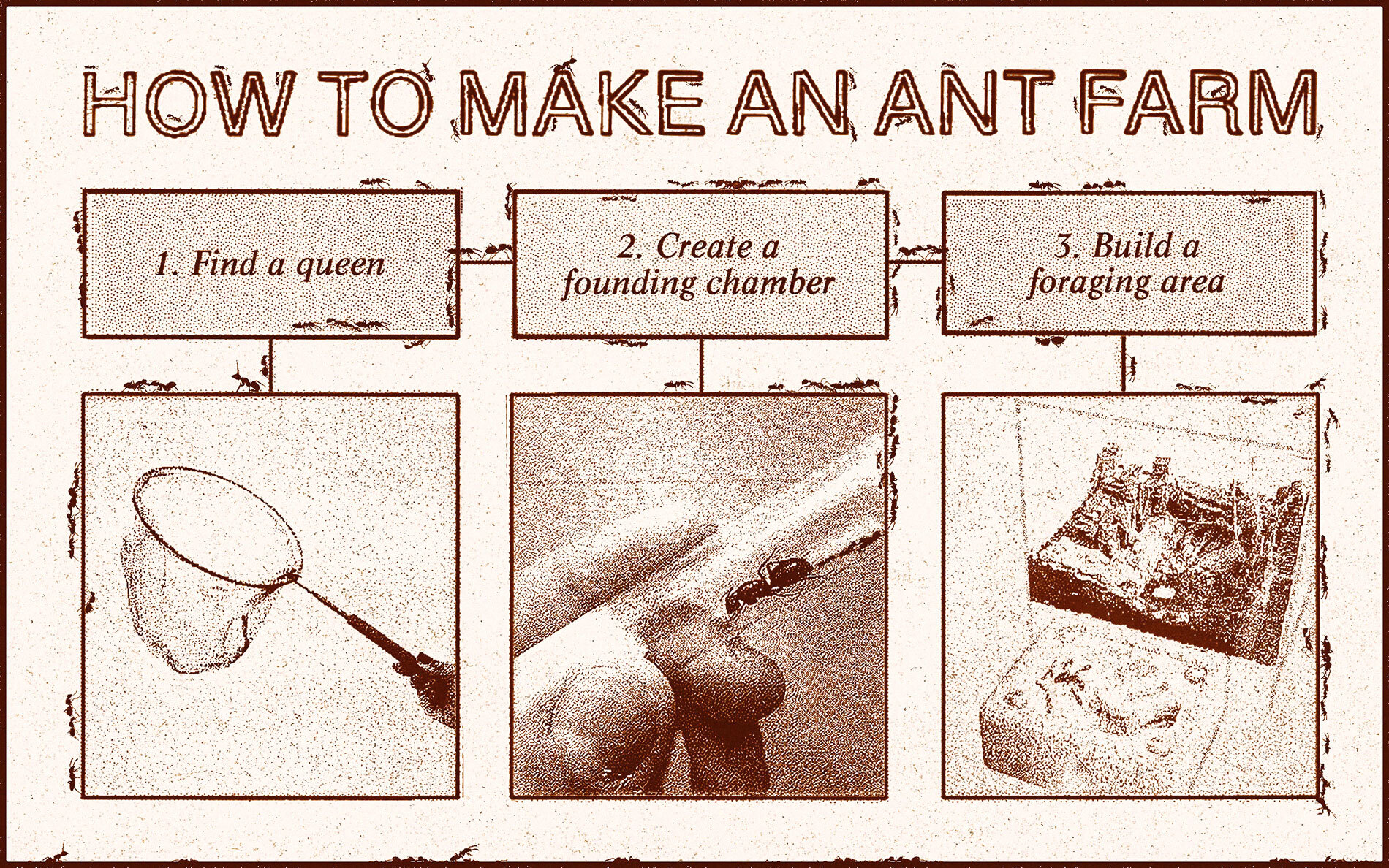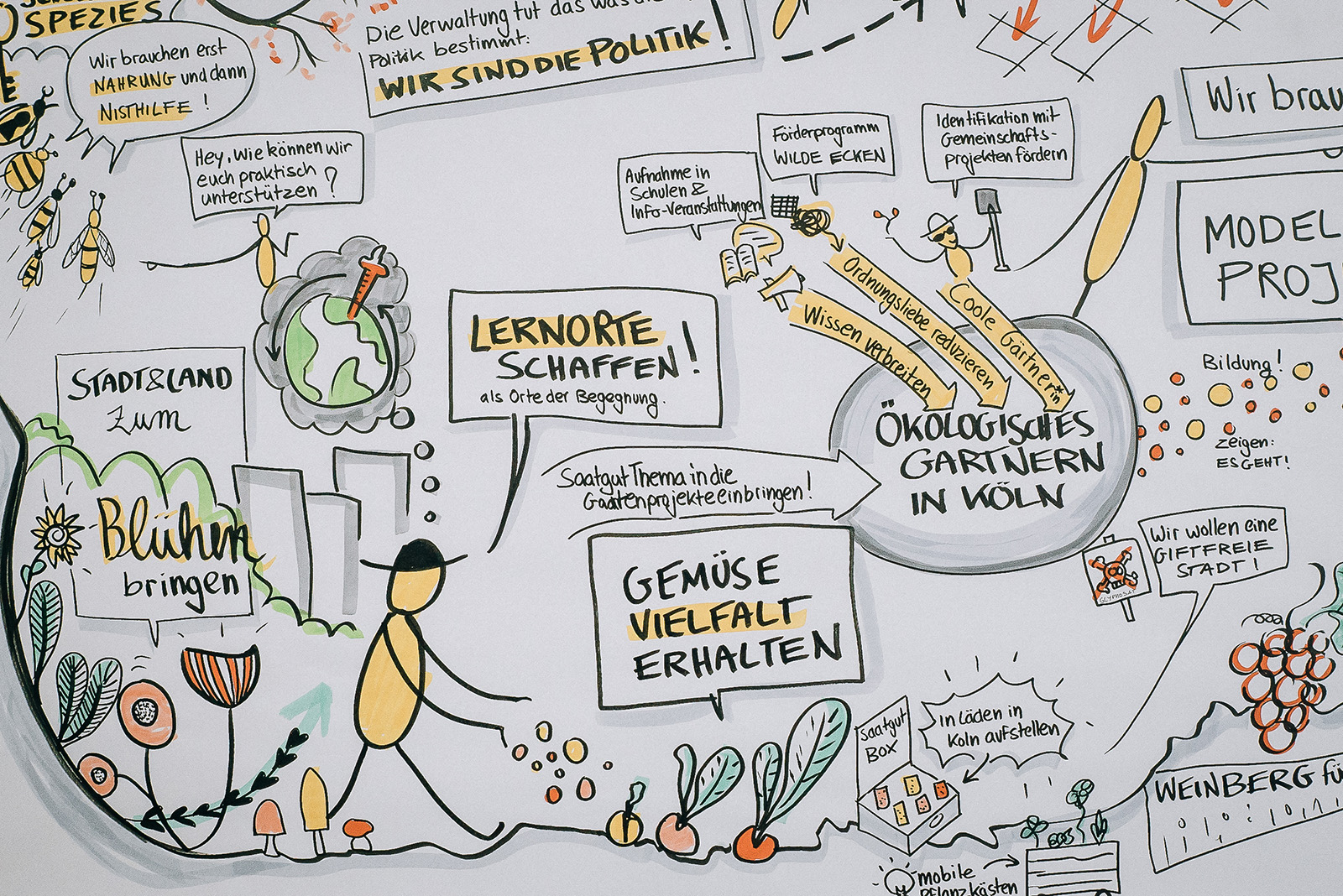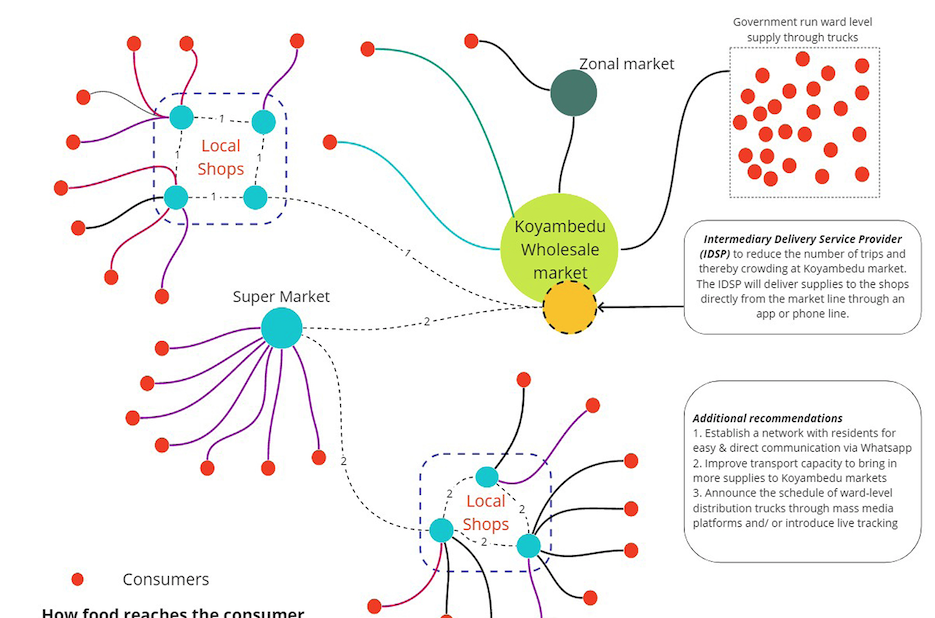Last week MIT announced the birth of the first bee born in complete captivity to little fanfare. The bee was born out of a completely artificial, closed environment where the queen and her colony feed on synthetic pollen and sugar water (nectar substitute), raised in an environment of simulated daylight, humidity and temperature to mimic the conditions of a perpetual spring. Part of an ongoing research project of MIT’s Mediated Matter group, the Synthetic Apiary is a response to the rapidly declining global bee populations that continue to be threatened by pesticides, habitat loss and disease. By designing an artificial environment specifically to support the health and life-cycle of a seasonal bee, the researchers hope to document bee behavior and propose ways to “integrate biology into a new kind of architectural environment…for the benefit of humans and eusocial organisms.”
The Synthetic Apiary is a sealed white research room installed with constructed honeybee hives. The bees cultivated in the space are completely captive—they do not have access to outside food sources and are not exposed to natural elements like sunlight or wind. Designed as a bee behavior lab, the space is outfitted for optimal bee observation. Wind is simulated by a bladeless Dyson fan and as reported by Co.Design, “The lights were covered in fabric to mitigate the appeal of bright lights to the insects, and the injuries accrued by striking them repeatedly. This fabric, a mix of polyester and spandex, stretches between wooden crossbeams to block the crevasses and corners in the ceiling, preventing the bees from establishing hives that cannot be observed.” By observing and documenting human-bee behavior in a controlled architecture designed for bees, the Group will collect information that might lead to future proposals for a thriving human-bee environment.
With seven species of bees added to the United States’ Endangered Species list on September 30th, the declining numbers of bees can be thought of as the canary in the coal mine, heralding the disastrous twin effects of environmental degradation and industrial agriculture. Bees and humans have been cohabitating since the beginning of time—the role of bees in cross-pollination is still essential to the agricultural production of fruit and vegetables. Although honeybees do not hibernate like their bumble bee counterparts, the colony experiences a great reduction in number and activity during cold winter months—much of the energy expended by the colony is used to keep the hive warm and the workerbees consume the honey stored over the warmer summer months for survival during cold winters. By simulating perpetual spring through light, humidity and temperature control, the Mediated Matter Lab hopes to encourage year-round hive building for these seasonal insects and offer “non-standard bee environments” that will be as essential to the survival of bee species as it will be to our own.
The Mediated Matter group, led by Neri Oxman, conducts research around material ecology. At the intersection of technology and bio-design, material ecology embraces computational design, digital fabrication, materials science and synthetic biology to “enhance the relation between natural and manmade environments.” Their past work includes a 3D printed mask for Bjork and an architectural pavilion inspired by the single-thread construction of silkworm cocoons.
